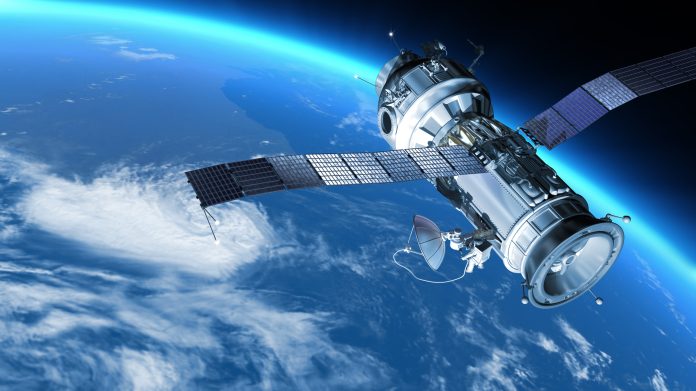NASA has recently announced a development in astrophysics, establishing a new class of missions under its Explorers Program: The Probe Explorers
This new initiative hopes to interlink smaller-scale missions and larger flagship projects to expand our capacity and explore the universe.
Introducing the new Probe Explorers
Two proposals have been selected for further study, each receiving $5 million to develop mission concepts over the next year. Following this, a final selection is expected in 2026, with the potential launch in 2032.
These two proposals reflect cutting-edge scientific ambitions and technological innovations in astrophysics. The first proposal, the Advanced X-ray Imaging Satellite, is designed to observe X-ray wavelengths.
Its high spatial resolution and broad field of view will allow it to investigate supermassive black holes, stellar feedback mechanisms that shape the galaxy, and various cosmic explosions.
By building on past successful X-ray observations, this mission could provide insights into the universe’s most enigmatic elements.
The second proposal, the Prove Far-Infrared Mission for Astrophysics, involves a 1.8-meter telescope focused on far-infrared wavelengths. This aims to fill a current gap in observational capabilities, complementing existing infrared telescopes like the James Webb Space Telescope and radio telescopes.
It focuses on far-infrared radiation which will allow researchers to look into the origins and evolution of plants, stars, cosmic dust, and supermassive black holes, potentially revolutionising our understanding of these cosmic processes.
Insights from the 2020 Decadal Survey
Both missions align closely with the priorities set in the National Academies of Sciences 2020 Decadal Survey, which highlights the importance of innovation, and responsive scientific inquiries in astrophysics.
By allowing a cost of $1 billion per mission, NASA is encouraging creativity and also ensuring these projects remain feasible. The Explorers Program has a strong history, dating back to the launch of Explorer 1 in 1958, which discovered Earth’s radiation belts.
Over time, it has facilitated more than 90 missions, including some that earned Nobel Prizes for their groundbreaking discoveries.
By investing in these initiatives, NASA is encouraging discoveries that could reshape our understanding of astrophysics.











